Today I visited two museums to view exhibitions part of the British Textile Biennial 2023.
The Soft Acid exhibition is on display at the Helmshore Mills Textile Museum. This exhibition is created by Tenant of Culture (artist Hendrickje Schimmel) and consists of sculptures made from discarded garments and accessories:

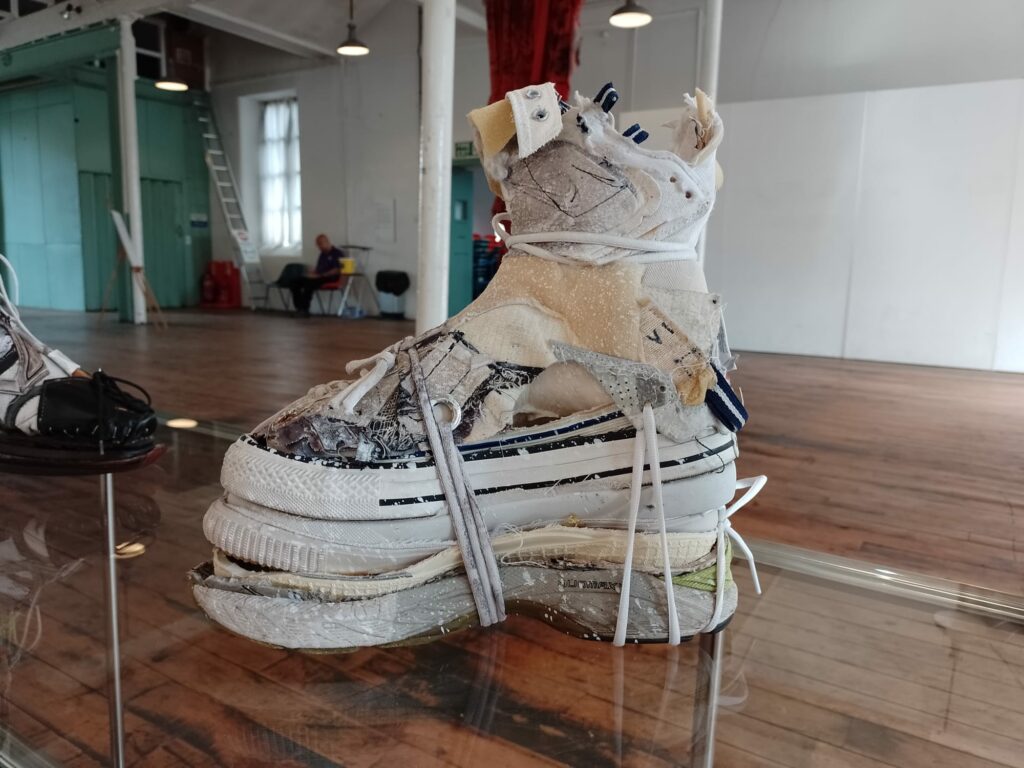
The exhibition How to be a fashion revolutionary is shown on the ground floor of the textile museum displaying thoughts and ideas about fast fashion and encouraging the viewer to reflect on how we might be able to make a positive change:
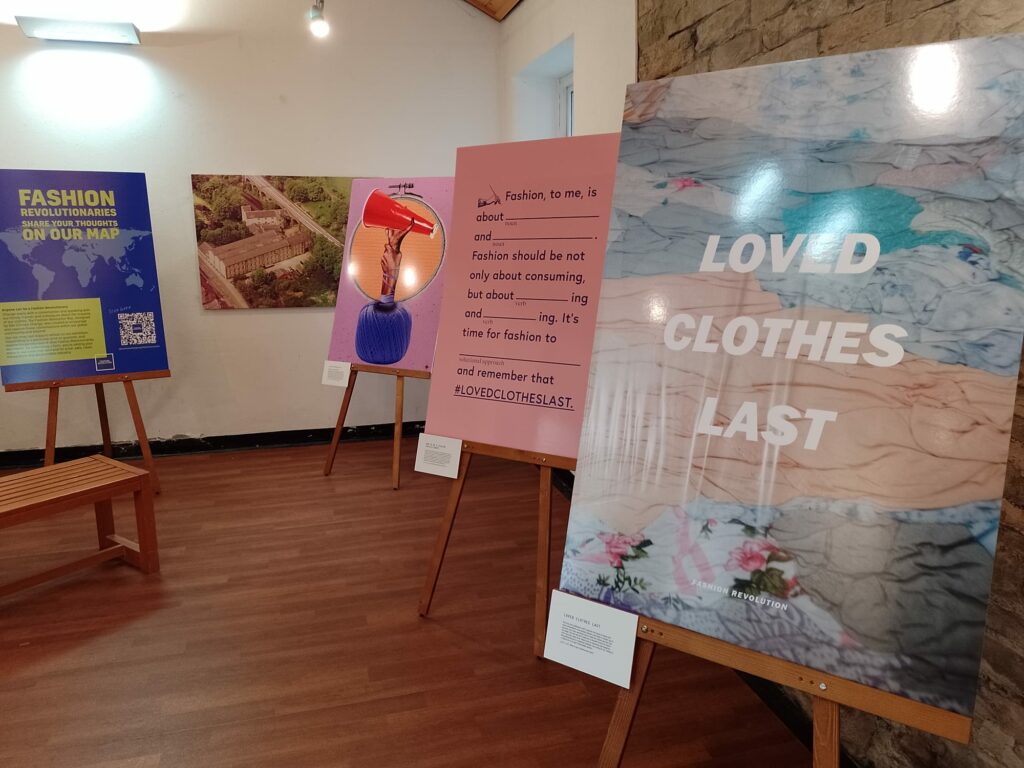

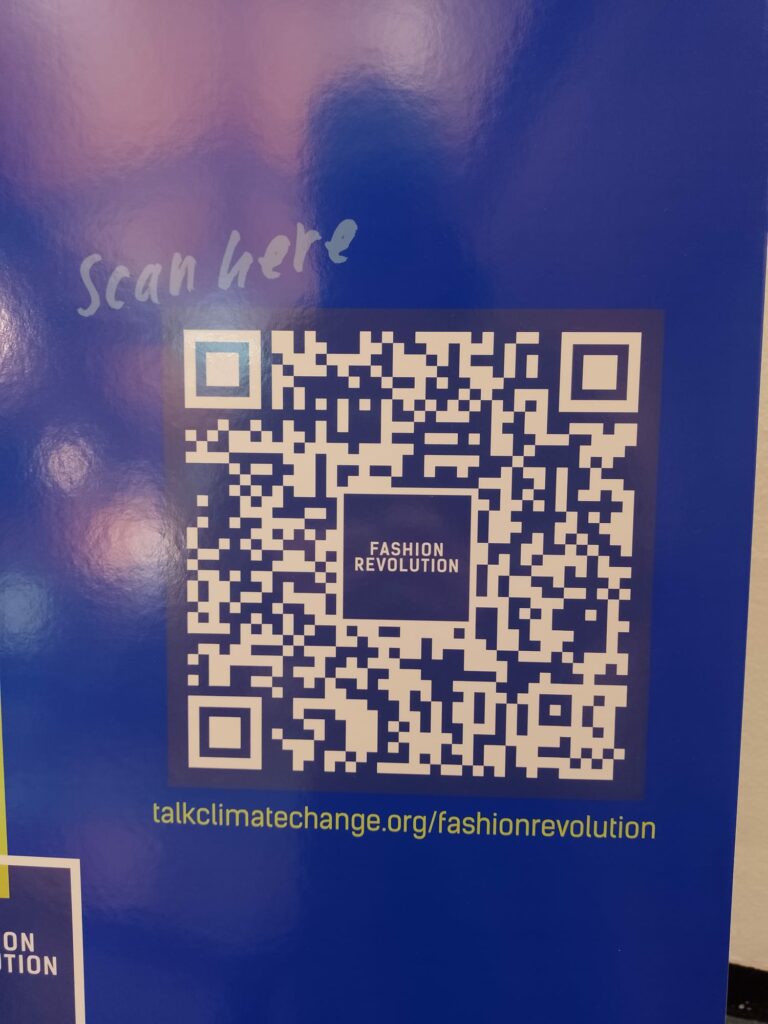
My main thoughts whilst taking in these works was that trends are partially to blame. Trend = ‘a general direction in which something is developing or changing’, ‘a fashion’. Why do we have trends, and why to they seem to last shorter and shorter (micro trends, even)? I wrote a fair amount about this in a sort of stream of consciousness, which I’ve put in a separate blog post so as not to bother readers who just want to get a little info on the exhibitions :).
Next, I went to the Haworth Art Gallery to see the Gaining Ground exhibition. Many different crafts were on display including weaving and a type of embroidery that creates what looks like a coir mat.
Traditional kuba fabric (woven raffia, by Jess Kibulu):
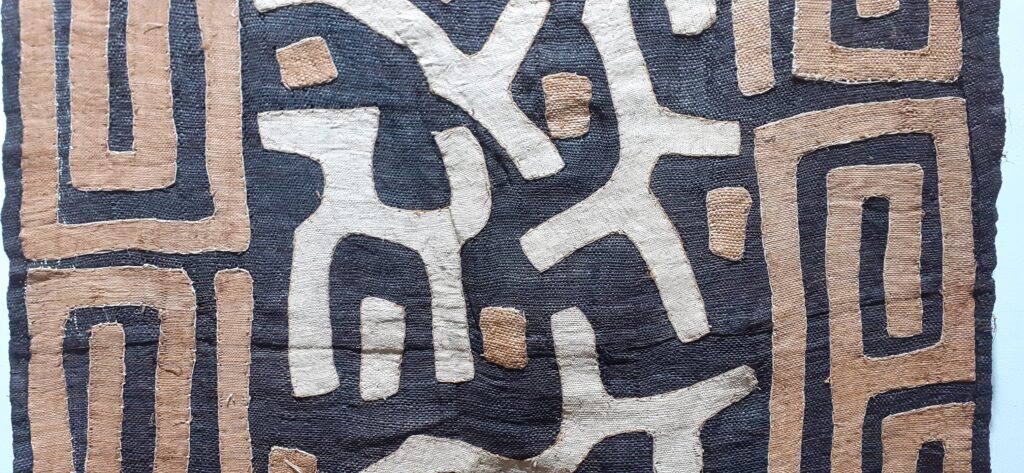

A texture that looks similar to a coir mat:
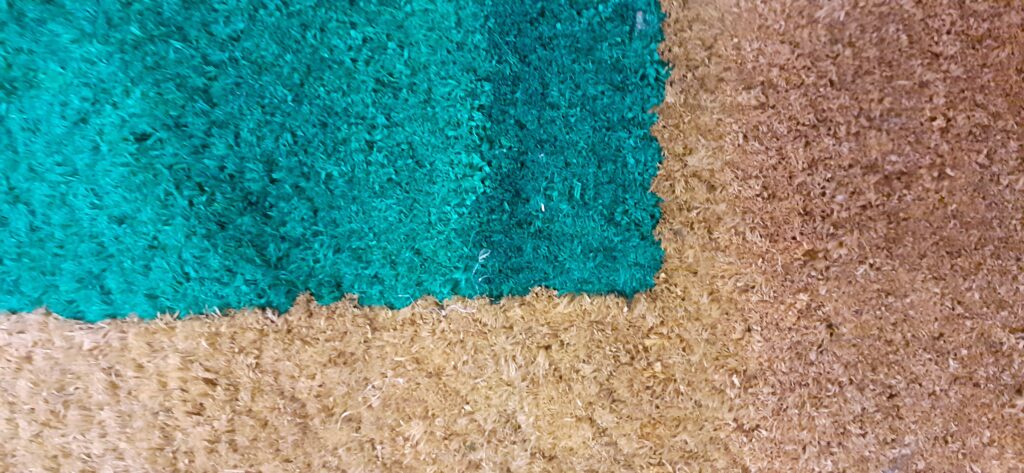
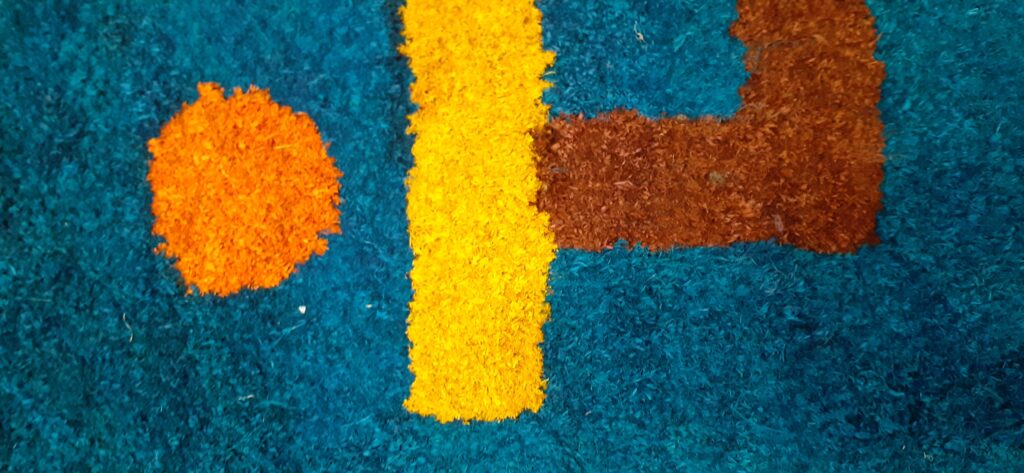
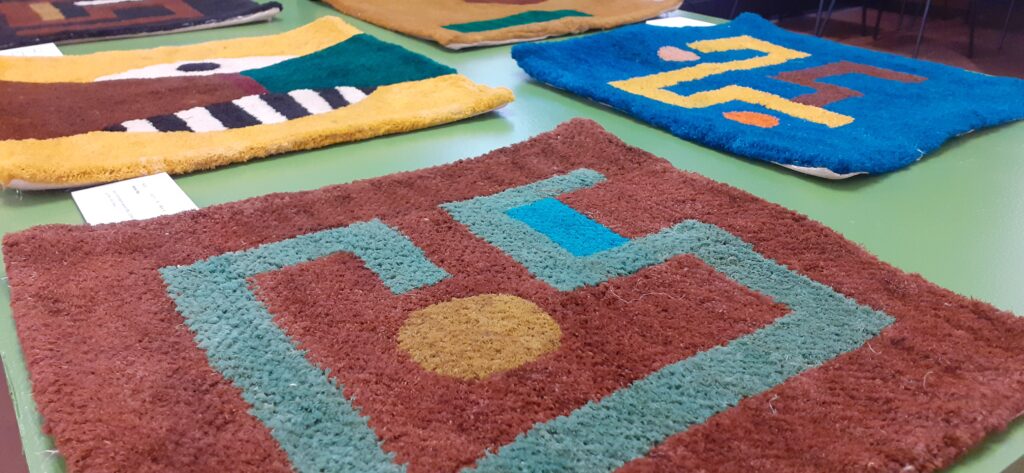
Coomb basket (by Annemarie O’Sullivan):
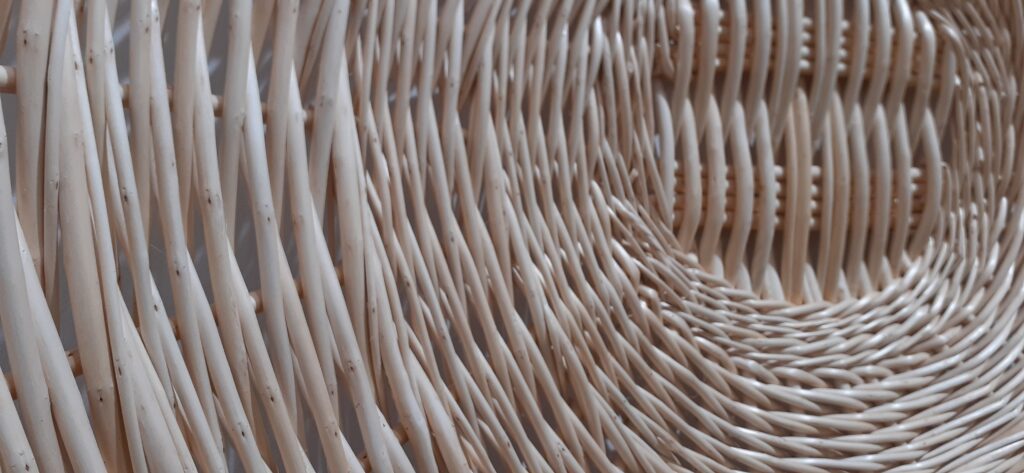
Pinilia and Binakul weaving:
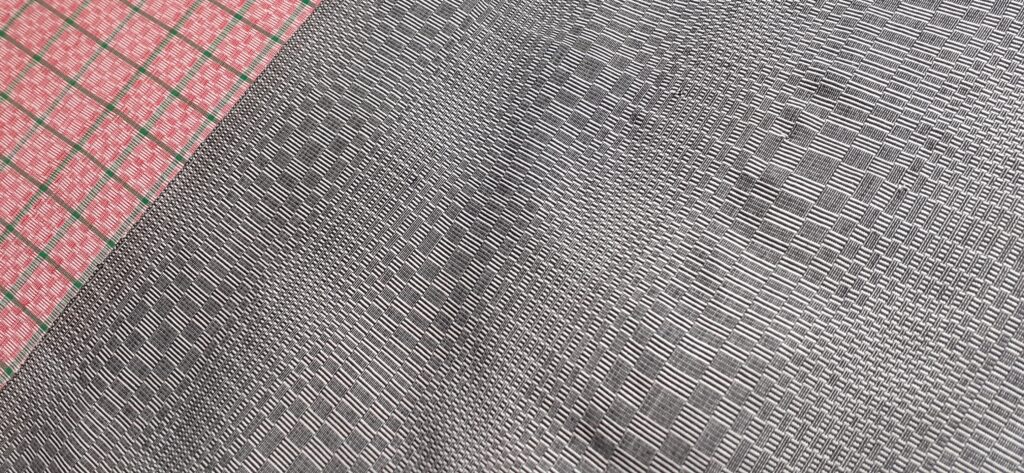
It was very interesting to see video footage of crafts people creating these textiles/mats. The information provided explained more about the local culture, and how being able to train in a craft and then sell handmade items can empower people to be able to afford education. There is also a small reading area with plenty of books to peruse on the topics of indigenous peoples, textiles, crafts, etc.
Finally, I viewed the Life in Clothes exhibition by Dr. Mila Burcikova, also shown in the Haworth Art Gallery. The work is in progress as this year she is working on an almanac to describe how fashion could be truly seasonal by working with nature, such as by using dyes extracted from seasonal plants:
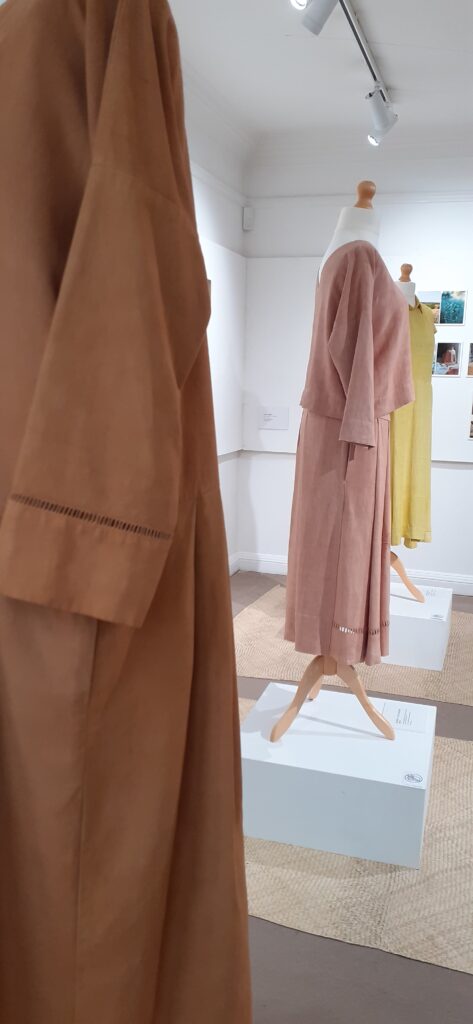
These outfits were made from vintage bedsheets dyed with various kinds of natural dye. I really liked the style of the garments and the outfits didn’t once remind me of bedsheets or repurposed anything: they looked made from new materials. I really love the colours that she was able to extract from plants and am keen to read her almanac!
There’s still several exhibits part of the British Textile Biennial that I’d like to see, so stay tuned for more!
One comment